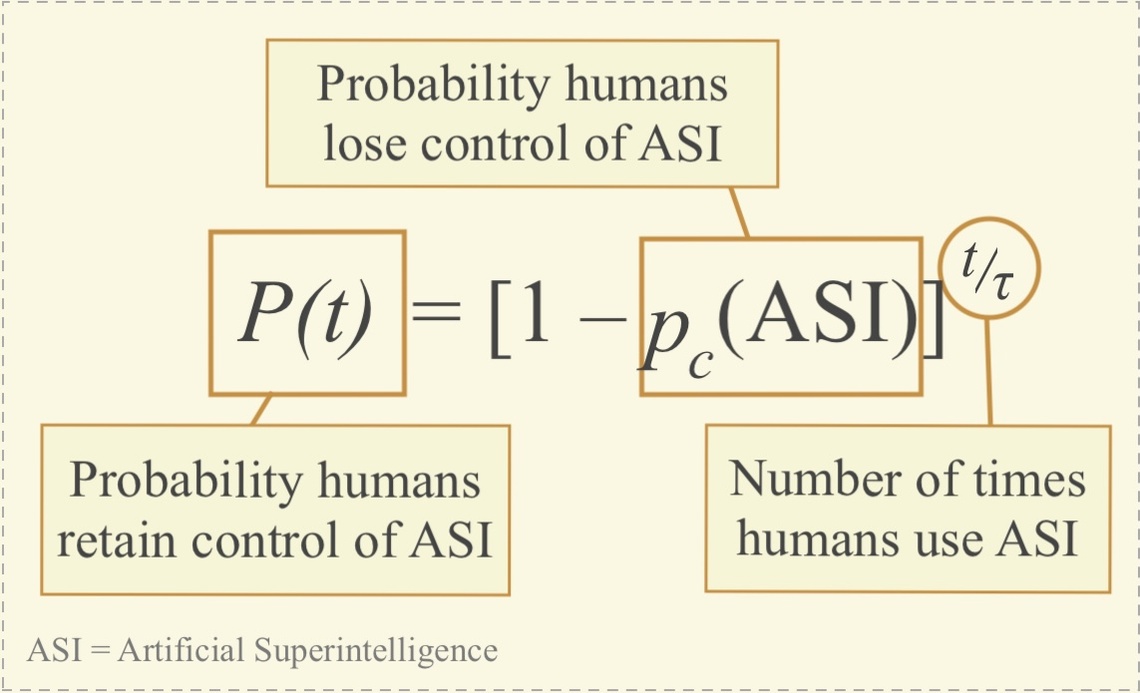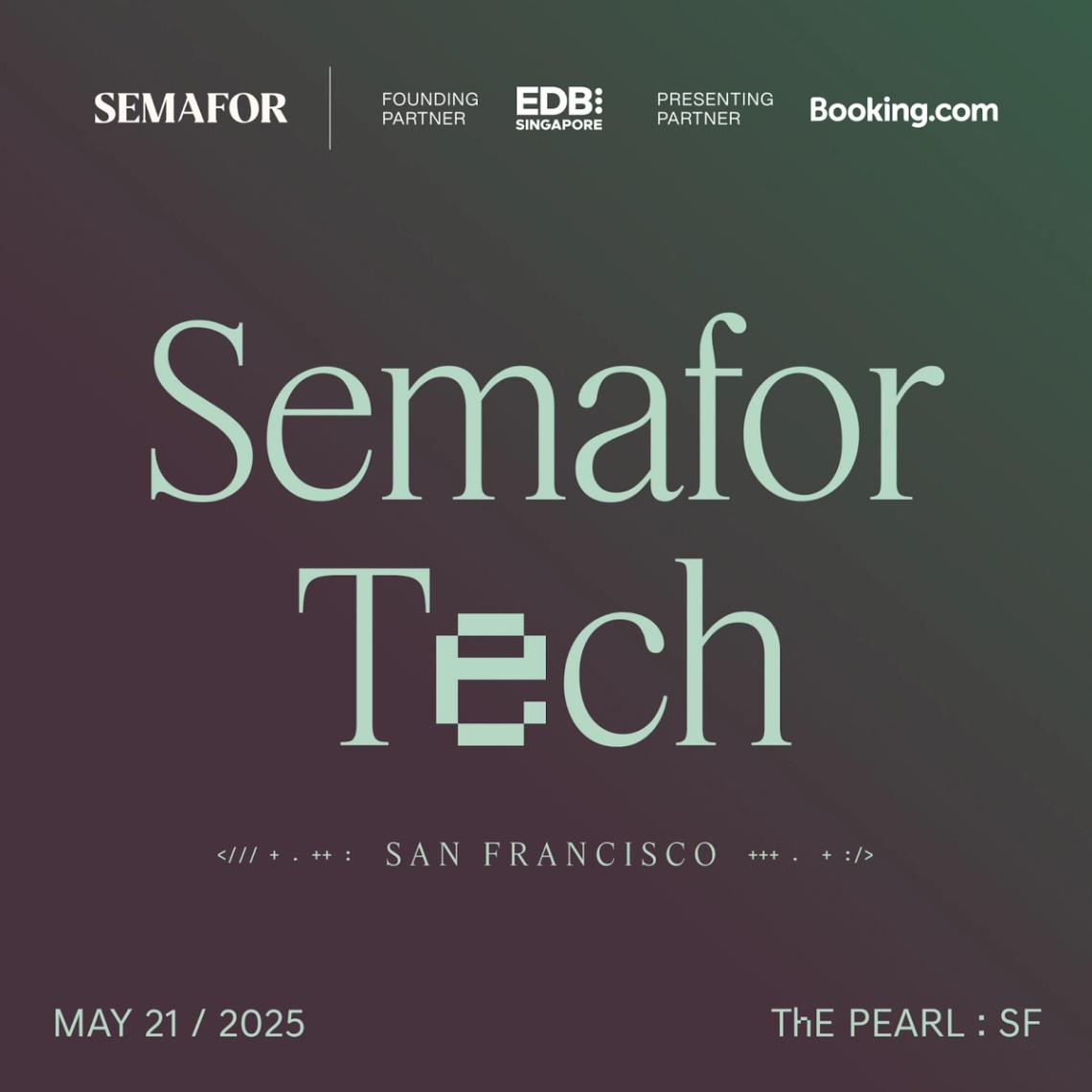| | In this edition, a scoop on the Treasury Department reviewing Benchmark Capital’s investment in Chin͏ ͏ ͏ ͏ ͏ ͏ |
| |  | Technology |  |
| |
|
 | Reed Albergotti |
|
Today, we have a scoop on the implications of Benchmark Capital’s investment in Chinese startup Manus AI. Manus caused a minor tech industry freakout in March when it launched a demo of its agentic capabilities that appeared to outdo even OpenAI in its ability to carry out autonomous tasks on a computer. It was hailed as the next “DeepSeek moment” at the time. Then more drama occurred when Bloomberg reported that Benchmark led a $75 million funding round in Manus, prompting criticism from rival investors who questioned Benchmark’s patriotism. The venture firm has been characteristically quiet amid the criticism, possibly because of the regulatory implications that our scoop focuses on. But there is a real debate that should happen here. Where, exactly, should the line be drawn on US investment in Chinese firms, or startups led by Chinese nationals? New Washington rules limiting financial backing only muddy the waters. Let’s say, hypothetically, that the Manus AI founders had come to Silicon Valley and started the company there. Would investing in the firm still be criticized as unpatriotic? What if they had come to the US on student visas and then founded the company upon graduation? Without an open debate on these issues, the investment community is not going to be able to find consensus on what kinds of investments in Chinese-led firms are acceptable and which ones are not. Criticizing Benchmark on X, even if it turns out to be warranted, doesn’t clarify the issue. ➚ MOVE FAST: Rank. This week provided more clarity about OpenAI’s future, including news that it hired Instacart CEO Fidji Simo as its new head of applications. Sam Altman said the move will allow him to focus more on research and other issues as his firm faces heightened AI competition. ➘ BREAK THINGS: File. While Washington and London hailed the US-UK trade deal, it didn’t provide relief for the US tech sector from the British Digital Services Tax. Silicon Valley has argued such levies unfairly target American firms, and President Donald Trump has said he would use tariffs to retaliate against those practices. |
|
 Matteo Della Torre/NurPhoto via Reuters Matteo Della Torre/NurPhoto via ReutersThe US Treasury Department is reviewing a Benchmark Capital-led $75 million investment in Chinese startup Manus AI, according to two people familiar with the matter, the latest example of an intensifying tech race between the two countries. The Silicon Valley firm recently received an inquiry from the department into whether the financial backing is covered by new restrictions on investments in artificial intelligence and other key technologies that are destined for “countries of concern,” the people said. The law, centered on the Outbound Investment Security Program, was part of a 2023 executive order signed by then-President Joe Biden, but did not go into effect until earlier this year. It requires any US entity or person to notify the Treasury Department of investments in key areas, such as AI, that could “accelerate and increase the success of the development of sensitive technologies” against US interests. Benchmark and Treasury declined to comment. Manus did not respond to a request for comment. The inquiry comes amid greater scrutiny of the US tech industry and its connections to China. After leading the AI race for decades, the US is rapidly losing ground to the world’s second-largest economy, which is publishing more research papers and showing its chops by releasing powerful AI models like DeepSeek R1 — which caused the stocks of certain US companies to plummet earlier this year. When Manus released an impressive demo video in March, it was hailed as a “second DeepSeek moment.” The company showed how its AI agent could complete complex tasks on its own, from extensive research projects to autonomously creating mobile apps and websites. Yet Benchmark was advised by multiple US law firms that the investment was not covered by the outbound investment restrictions, because Manus was not developing its own AI models. Instead, it was deemed a “wrapper,” the term for a company that builds products that utilize existing AI models. Its lawyers also concluded the startup is not technically Chinese-based. Its parent company, Butterfly Effect, is incorporated in the Cayman Islands and its employees work in Singapore, Japan, and China, according to a person familiar with the matter. Manus stores all of its data on cloud servers outside of China that are operated by Western companies, the person said. But the investment in Manus has drawn criticism from other Silicon Valley investors like Josh Wolfe, co-founder of Lux Capital, who posted on X that the investment “makes zero sense.” “I am not saying Benchmark partners are Chinese assets… But they are def assets to China,” posted Delian Asparouhov, a partner at Founders Fund who has criticized venture firms in the past for doing business in China. |
|
 The estimated amount of debt CoreWeave is preparing to raise just six weeks after its IPO received a soft response from Wall Street, the Financial Times reported. The funds could help CoreWeave refinance some of its $8 billion debt pile and lower the cost of borrowing. Last month, CoreWeave CEO Michael Intrator told Semafor that public market investors don’t understand his business. |
|
 Clay Travis started his career with a stunt on his blog involving a pudding strike and NFL streaming rights. From roots in new media, he founded OutKick, a conservative sports and politics site that Fox Corp acquired in 2021. This week, Ben and Max bring on the outspoken entrepreneur to discuss how sports and conservative politics have become intertwined, how gambling and sports media have become intertwined, and how to attract an audience of men. They also ask about his current role as a Fox News personality and his 11 interviews with Donald Trump. Plus, he and Max duke it out over the NBA’s ratings. |
|
 Jonathan Ernst/Reuters Jonathan Ernst/ReutersIn the first major congressional hearing featuring Silicon Valley executives on AI since Trump took office, the conversation focused mainly on how to rapidly build out the technology rather than on safeguards to rein it in. That’s a marked difference from debates during the Biden administration, when the White House was seen as mostly an obstacle to AI development. OpenAI CEO Sam Altman, who called on Washington to form a new regulatory agency in a testimony two years ago, told senators on Thursday that investment in AI infrastructure was critical, and requiring government approval before a model’s release would be “disastrous.” He also addressed US-China tensions related to the AI race, and how they relate to the global war for tech talent and other parts of the ecosystem. “The leverage and the power the US gets from having iPhones be the mobile device people most want, and Google being the search engine that people most want around the world is huge,” Altman said. “We talk maybe less about how much people want to use chips and other infrastructure developed here, but I think it’s no less important. And we should aim to have the entire US stack be adopted by as much of the world as possible.” |
|
Speaking of AI safety, a group of more than 100 researchers and policy experts published a new safety framework on Thursday after much of the world’s focus has shifted more to rapid innovation than mitigating risks. The report is an effort to get things “back on track” after February’s Paris-based AI Action Summit — renamed from the AI Safety Summit the year before — “destroyed the momentum” for responsible AI and governance, said Max Tegmark, a Massachusetts Institute of Technology professor who co-wrote the report. Contributors include researchers from Google DeepMind and Microsoft, and from institutions like MIT, UC Berkeley, and Beijing’s Tsinghua University. “There’s so much controversy about whether there should be regulation and various geopolitical things,” Tegmark told Semafor. “It distracted from the fact that there was amazing consensus on the technical side.” The report likened a prospective AI industry to that of aircraft manufacturers, in which Boeing and Airbus can compete for customers but collaborate on safety information and standards. In one suggestion, the report asks developers to quantify the likelihood that their AI goes rogue and humans can’t regain control. Tegmark, with other MIT researchers, recently drew up a formula for what the probability of retaining control might look like. It shows the more we use artificial superintelligence, the smaller the likelihood is that we can keep control of it.  The group also advocates for research on how daily life may change if AI becomes autonomous, and for real-world testing of how much AI systems aid in committing a harmful act, like making a bioweapon. — Rachyl Jones |
|
I had a fascinating conversation recently with Cisco’s Vijoy Pandey and Reza Nejabati about their new quantum networking breakthrough. When people talk about the future of quantum computing, they’re usually referring to quantum computers “at scale.” We actually have quantum computers today. They are just very small. Some require temperatures so low that the calculations occur in what is effectively the coldest place in our galaxy. Cisco figured out a way to take the information in one quantum computer and convert it into photons with quantum properties. That is no easy task. As soon as you observe a quantum bit, it ceases to become a quantum bit (see Schrödinger’s cat). So the team had to find a way to convert the information without actually observing it.  Equipment inside Cisco’s quantum lab. Outshift by Cisco/YouTube. Equipment inside Cisco’s quantum lab. Outshift by Cisco/YouTube.The great thing about photons is that they can be in a quantum state at room temperature, so they can remain “entangled” with one another even as they travel over regular old fiber-optic cables. Entanglement enables the particles to interact with one another over an infinite amount of space and time (see Einstein’s spooky action at a distance). In essence, Cisco believes the technology would allow lots of those small quantum computers to be connected, acting as one large quantum computer. Connecting lots of powerful computers together is how AI super computers work today. Like all quantum breakthroughs, this one needs more work before it can enable world-changing “at scale” quantum computers. However, Cisco says there are some use cases that could be used today, like in cybersecurity. Right now, hackers can intercept private data traveling across fiber optic cables, which they can later try to decrypt (perhaps one day with quantum computers). But if the data is in a quantum state, as soon as the hackers “observe it,” the state collapses, effectively erasing the data and leaving nothing to hack. There are still a lot of hurdles in quantum computing to overcome. But with each small breakthrough, the picture of what quantum computers look like becomes clearer. |
|
 As AI continues to evolve at a rapid pace, companies are shifting from experimentation to real-world deployment and practical use within their businesses. Join Anthropic co-founder Jack Clark, World Labs co-founder and CEO Dr. Fei-Fei Li, Booking Holdings President and CEO Glenn Fogel, and Singapore Economic Development Board Executive Vice President Ih-Ming Chan for a discussion on the breakthroughs driving AI. Discussions will dive into how global, national, and regional AI ecosystems are shaping the technology’s future, and why building the policy frameworks governing them is more critical than ever for its potential. May 21, 2025 | San Francisco, CA | Request Invitation |
|
Food for thought. E-waste is one of the biggest environmental issues today. What if there was a better way to dispose of new electronics? Researchers from Swiss and Italian universities teamed up with pastry chefs and food scientists to create rechargeable batteries and robots that are completely edible, New Atlas reported.  A researcher and a pastry chef assembling the battery cake. 2025 EPFL/Jamani Caillet. CC-BY-SA 4.0. A researcher and a pastry chef assembling the battery cake. 2025 EPFL/Jamani Caillet. CC-BY-SA 4.0.The batteries take the form of a chocolate wafer with a “tangy kick” delivered by the edible electrolyte inside. Mini robot bears made of pomegranate gelatin use a compressed air system to move its arms and |
|
|











